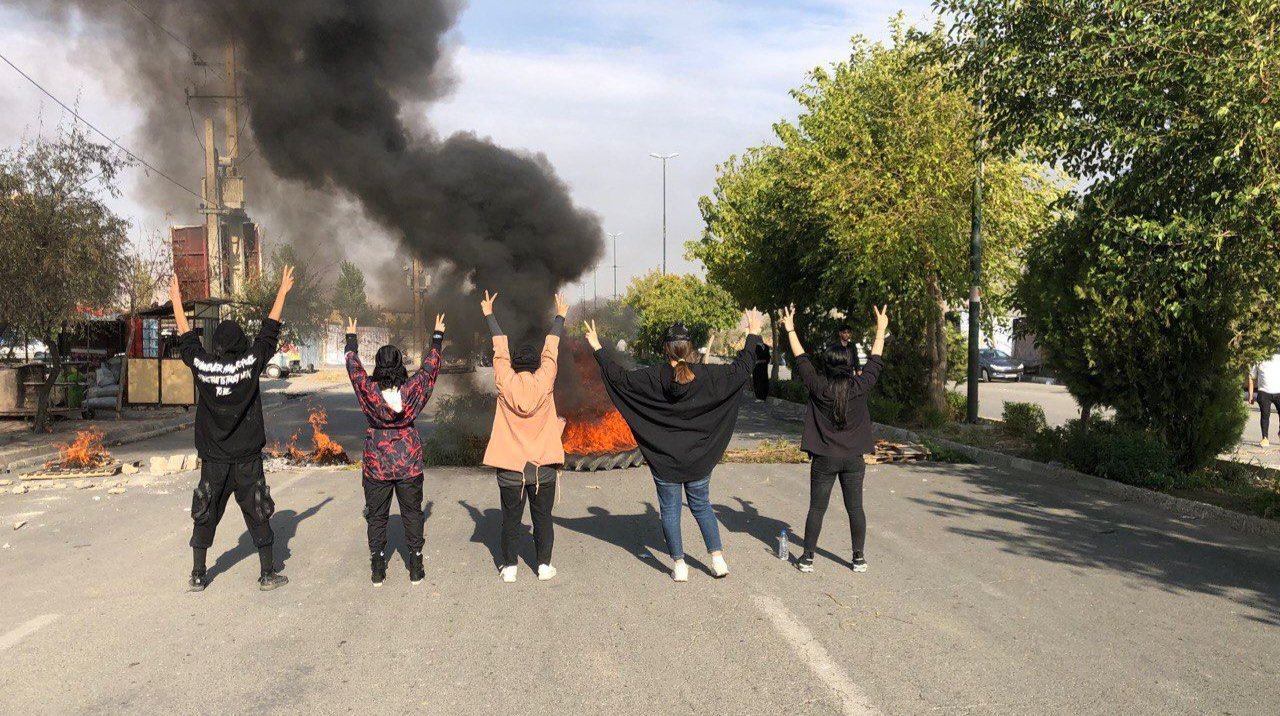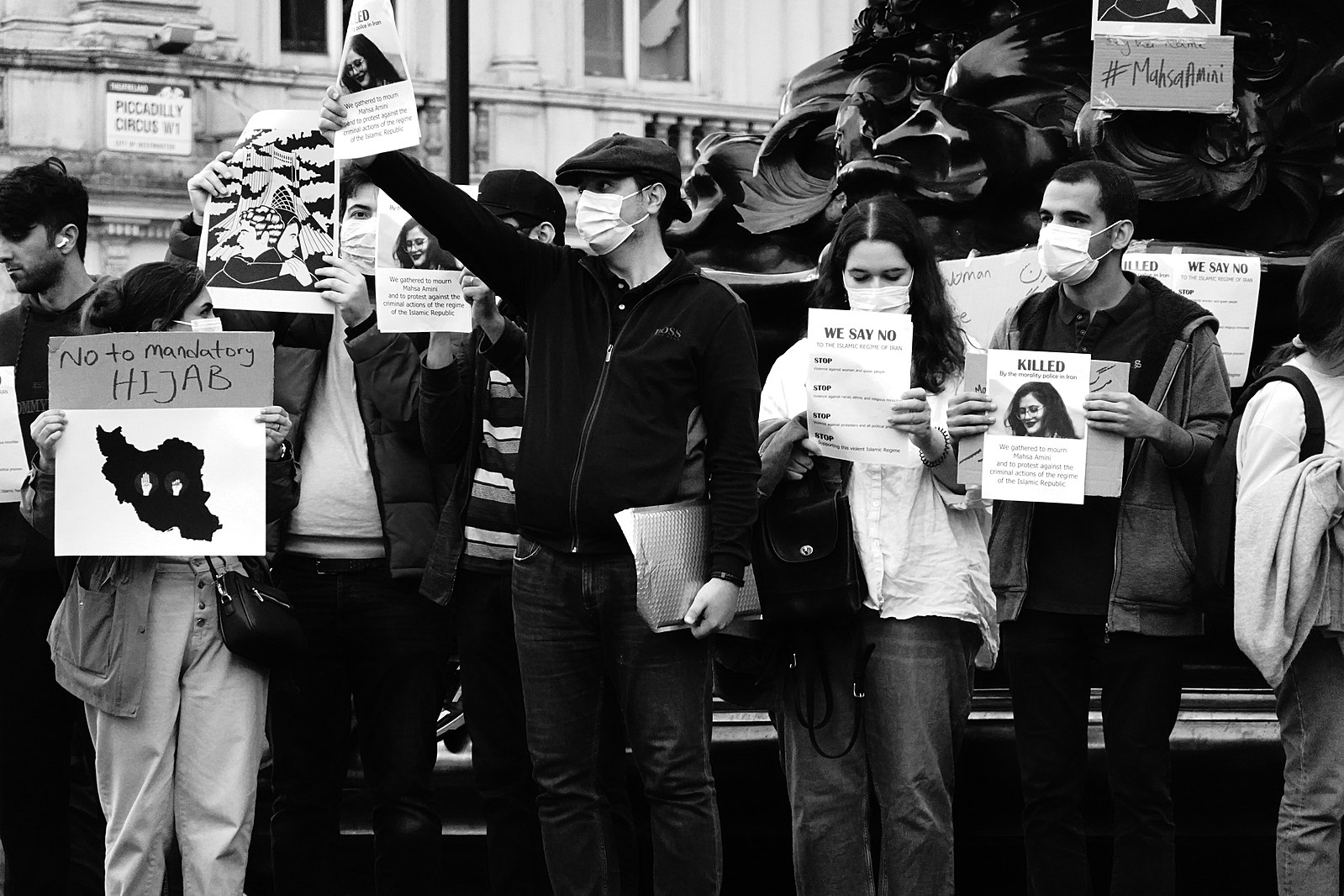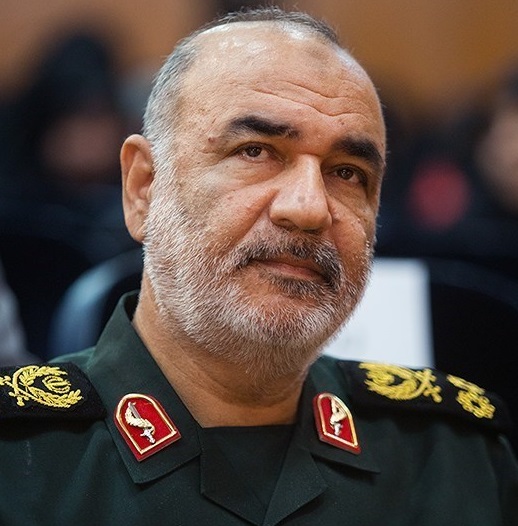
Protestors who have taken part in the insurgent rebellion in Iran are now facing trials. The forms they take are however not certain.
Iran is holding trials for the Mahsa Amini rebels, bringing charges against almost a thousand people in the Tehran province. The crime is their alleged involvement in national uprisings sparked by Mahsa Amini’s death in police custody, said the Islamic Republic News Agency (IRNA) on Monday. Global observers look on in concern over the objectivity of the justice forthcoming.
As is known, Amini’s death at the hands of authorities for wearing her hijab improperly has caused outrage. This stirred a mass movement of women, ethnic minorities, such as the Kurds, and other dissidents.
The hearings of the accused will publicly take place over the coming days, reported IRNA, citing Ali Al-Qasi Mehr, chief justice of Tehran. Iranian media said over the weekend that trials for several demonstrators had started last week.
Prosecution of protesters in Iran
Iranian protesters judged to have “serious accusations, including assaulting or martyring security guards, and setting fire to public property” against them were scheduled in Revolutionary Court, Mehr said, according to IRNA.
However, some have used guerrilla theatre to make their point, turning public fountains into geysers of blood.
The number of people indicted in Tehran province stood at 315 on Saturday, according to a separate tally by the government-aligned Iranian Student News Agency. It also reported that more than seven hundred others have been charged in other provinces across the country.
This follows six weeks of protests which the Iranian government could not control. They are, therefore, stepping up their efforts to put an end to the uprisings that have been ongoing in the country.
Mahsa Amini’s legacy
These nationwide demonstrations were ignited by the death of Mahsa (also known as Zhina) Amini, a 22-year-old Kurdish-Iranian woman, who died in mid-September after being detained by the country’s morality police. Since then, protesters across Iran have coalesced around a range of grievances with the regime.
The head of Iran’s Revolutionary Guards, Hossein Salami, told demonstrators on Saturday that it would be their last day of taking to the streets. This suggests the authorities have been in retreat for some time.

“Put aside the wickedness,” Salami said during a funeral procession in Shiraz. “Today is the last day of the riots. Do not come to the streets anymore. What more do you want from the lives of these people?” The Iranian government has been lecturing those rebelling against their authoritarian theocratic regime. There is dynamic tension within the nation with questions about whether the upheaval is disturbing or a breath of fresh air.
Accusations of interference by global governments
Salami called the protests a “conspiracy” that was the “product of the joining of policies” of the U.S., Britain, Saudi Arabia, and Israel. This message, apparently against what Iran’s rulers perceive as the forces of empire, is one that has been used repetitively by the regime.
Germany, Canada, and Ukraine are among the governments that have called for sanctions against the Islamic Republic.

Objectively, however, even if there are forces of empire in the world, those can only be accused of having largely menaced Iran in the past. Still, the Iranian masses seem disgusted by anti-colonial nationalism as a veil for repressing democracy.
“Don’t turn the university into a battlefield…against the nation,” Salami said, adding that “a few echo[ed] foreign voices.”
Despite Salami’s chiding, students continued protesting at several of the country’s main universities on Sunday.
“Is this Islamic justice”
Mohammad Ghobadlo, a protester who was arrested on the charge of “corruption on earth” after participating in an anti-government rally, is one example of the type of justice being handed out in the trials. Gnobadlo was sentenced to death after just one hearing, his mother said on Monday.
“My son is only 22 years old and he is also ill,” Ghobadlo’s mother said in a video published online. “They deprived him of having a lawyer and do not allow lawyers to enter the court.”
#MohammadGhobadlo, a protester who was arrested on the charge of “corruption on earth” after participating in an anti-government rally, was sentenced to death after just one hearing#NoToExecution#MahsaAmini pic.twitter.com/0nFkaF56ET
— Taheri Movement (@Taheri_Movement) November 1, 2022
“They interrogated him without having access to lawyers and sentenced him to death after only one hearing,” she maintained. “Is this Islamic justice? In which court of law do they sentence people to death after just one hearing? They are going to execute him soon.”
She has therefore asked people across the world for their solidarity in the video.
IRGC heads fierce crackdown
Security services have unleashed a fierce crackdown on the mainly peaceful protests in which at least 253 people have been killed, including thirty-four Iranians under eighteen.
Several thousand people have been arrested, many of whom were taken to special Islamic Revolutionary Guard Corp (IRGC) detention centers.
The IRGC is a branch of Iran’s armed forces that carries out surveillance and national security measures. Many view it as an ideologically driven militia that has taken an ever-increasing part in politics in Iran from its creation.
Activist Rapper Toomaj Salehi targeted
Dissenters were specifically targeted for containment. One of those arrested on Sunday was Toomaj Salehi, an underground Iranian rapper known for his lyrics against the Islamic Republic, according to IRNA.
Toomaj, known by his first name, was charged with “propagandistic activity against the government, cooperation with hostile governments and forming illegal groups with the intention of creating insecurity in the country,” the agency said, at the Esfahan province judiciary.
He was arrested in southwest Iran, according to Fars News. IRNA released a photo of Toomaj blindfolded in the backseat of a car.
“The accused played a key role in creating, inviting, and encouraging riots in Esfahan province and in the city of Shahin Shahr,” IRNA reported.
Iranian authorities arrested rapper & activist #Toomaj_Salehi today. He was a staunch supporter of the protests in Iran, using his music & numerous social media posting. He had asked the authorities to release political prisoners. Pic via ISNA. #MahsaAmini #مهسا_امینی pic.twitter.com/Ua4yOVE0Ay
— Omid Memarian (@Omid_M) October 30, 2022
Toomaj, a major voice of the protests, tweeted out calls for demonstrations and reposted rebellious videos from around the country.
The lyrics to the last music video on his YouTube page from October 24th go, “Someone’s crime was dancing with her hair in the wind.”
The singer attempts to agitate the protests even further by crying out: “Someone’s crime was that he or she was brave and criticized…44 years of your government,” a direct reference to the present government that came to power in the 1979 Iranian Revolution.
A post on his official Twitter account also confirmed the news that the artist was detained. Someone outside of Iran claimed to have permission from Toomaj to post on his behalf. The account is still active.
The Iranian government has periodically in the name of national security turned off the nation’s access to the internet. Those interested in commerce, not just democracy, are disturbed. Is this justice?
Show trials versus objective justice
Iran’s initiative for public trials of dissenters suggests a desire to carry out show trials. Historically, such prosecutions seek proof of political points rather than search for objective justice.
The revolt in Iran was sparked by a long conflict over the hijab, a covering for women’s head, body, or face in the Islamic world. Traditionally, it conveys modesty. Yet, when imposed, it signifies only patriarchy.
For years, wearing the hijab was outlawed under the Reza Shah Pahlavi regime (1953-1979). Since 1979, however, the Islamic government of the Ayatollahs has mandated it. Consistent with an Iranian athlete competing in global games in Seoul, Korea without a hijab and being perceived by some as a heroine, some recent Iranian women protesters have removed their hijabs in public, even burned them, generating global sympathy.
The Pahlavi regime, as declassified U.S. government documents show, was installed by the US after the CIA overthrow of Iranian leader Mohammed Mosadeq in 1953 who, whatever his strengths and weaknesses, had expressed a desire to nationalize Iran’s oil wealth. The consequences ended up being the Islamic Republic that came to power in 1979 after the coup. It still reigns today.
Despite the Iranian and global government’s rhetoric, the trials faced by the protesters in Iran will resonate across the globe, as there is much doubt about whether their regime can deliver objective justice.
See all the latest news from Greece and the world at Greekreporter.com. Contact our newsroom to report an update or send your story, photos and videos. Follow GR on Google News and subscribe here to our daily email!



